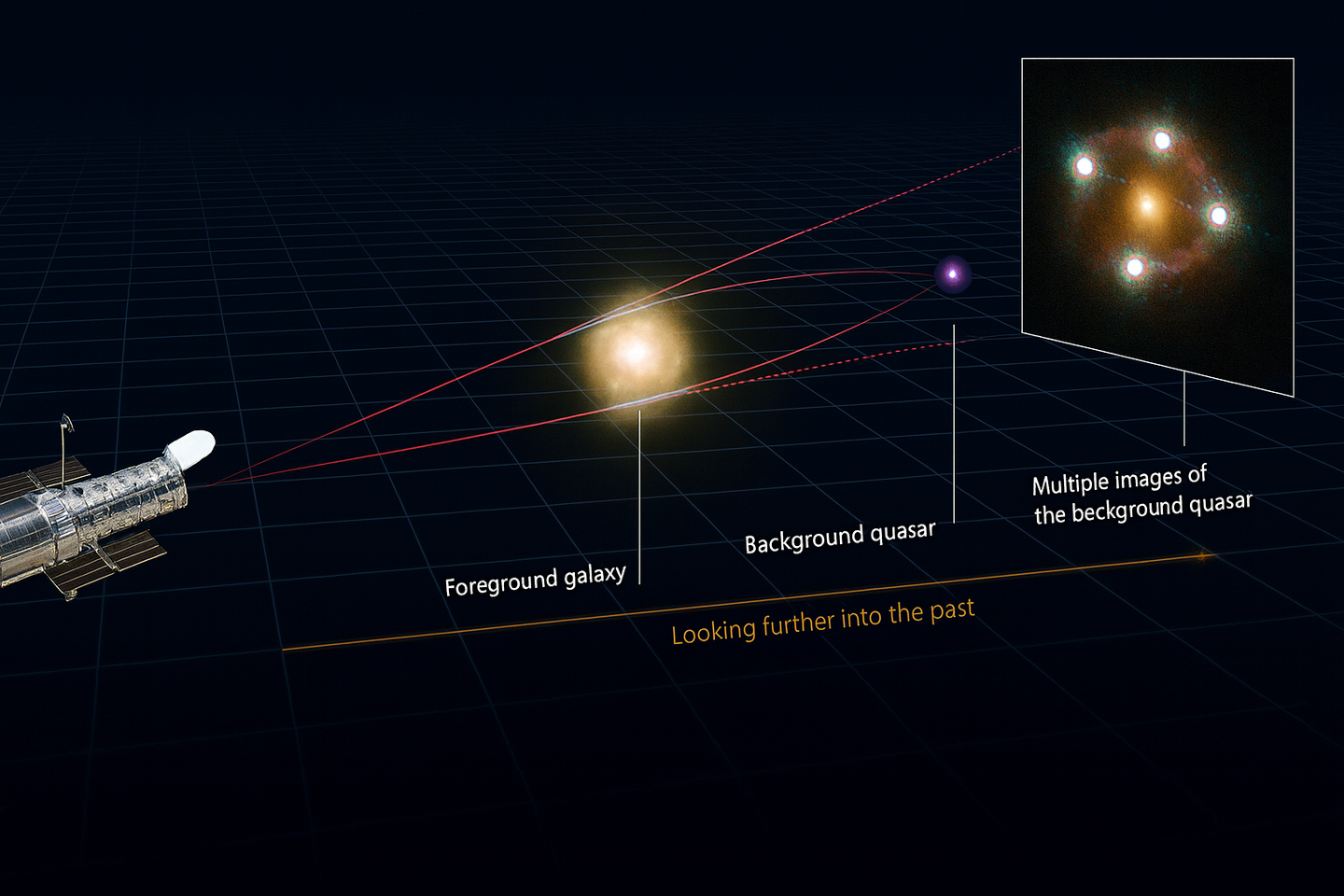Scientists discover universal rule that governs all life on Earth
Global study finds a universal pattern organizing life on Earth, reshaping how we understand and protect biodiversity.

Scientists uncover a global pattern that could reshape how we protect biodiversity. (CREDIT: Freepik AI-generated image)
Across Earth’s many landscapes and oceans, life has formed in patterns that might not be obvious at first. While it may seem like species are scattered randomly, a new global study suggests there’s an underlying rule that shapes how animals, plants, and even insects are distributed. This rule appears to hold true regardless of species type or geography.
Published in Nature Ecology & Evolution, the study brings together data from more than 30,000 species across seven very different groups: amphibians, non-marine birds, dragonflies, non-flying mammals, rays, reptiles, and trees.
Scientists from Sweden’s Umeå University, Rey Juan Carlos University in Spain, and several UK institutions joined forces to understand how biodiversity is organized around the world.
What they found surprised them.
A Core-to-Edge Biodiversity Pattern
Each biogeographical region—whether a rainforest, savanna, or coral reef—is separated from others by barriers like oceans, mountains, or harsh climates. These barriers restrict the movement of species, leading to different life forms evolving in different regions. Yet, within each region, a surprisingly consistent pattern emerges.
In every bioregion, researchers found a central “core” where most species live. This core acts like a biodiversity hub. As species spread outward from the core into surrounding zones, fewer and fewer are able to survive. These outer areas serve as transition zones—places where only species able to adapt to changing conditions can persist.
“In every bioregion, there is always a core area where most species live,” said Rubén Bernardo-Madrid, the study’s lead author and a researcher at Umeå University. “From that core, species expand into surrounding areas, but only a subset manages to persist. It seems these cores provide optimal conditions for species survival and diversification, acting as a source from which biodiversity radiates outward.”
Related Stories
This layered, center-to-edge structure wasn’t just observed in one or two regions. It held true across forests, oceans, wetlands, and deserts—no matter the group of species or geography involved.
Four Key Measures of Biodiversity
To reveal this pattern, the team looked at four essential aspects of biodiversity:
- Species richness – How many species live in an area.
- Range size – How widely each species is spread within the region.
- Endemicity – Whether species are found only in that area or also elsewhere.
- Biota overlap – How many species come from neighboring regions.
By mapping these aspects, the researchers identified seven different types of areas within each bioregion. These ranged from species-rich core zones to boundary areas filled with species from multiple neighboring regions. Each type had a unique combination of richness, range, endemicity, and overlap.
The structure that emerged was anything but random. It followed a clear, repeated spatial order—from rich cores to mixed transition zones. This revealed a deeper logic to how biodiversity has formed and spread across time.
Forces That Shape Where Species Live
What could be driving this universal pattern? The team points to a mechanism long proposed in ecology but rarely confirmed at a global scale: environmental filtering. This is the idea that only species suited to local conditions—such as temperature, rainfall, or soil type—can thrive in a given area.
The researchers found evidence for two kinds of environmental filters shaping these patterns. One filter works within regional hotspots, where conditions are just right for a high number of unique species to thrive. The second operates at the edges of regions, where conditions are more variable and only certain species from neighboring regions can survive.
These two filters, working together, help determine which species make it into the core, which ones reach the edges, and which ones never cross into a new area at all.
“The predictability of the pattern and its association with environmental filters can help to understand better how biodiversity may respond to global change,” said co-author Joaquín Calatayud from Rey Juan Carlos University.
Why This Matters for the Planet
Understanding this core-to-transition pattern isn’t just about solving an academic puzzle. It has real-world meaning.
Knowing where biodiversity is most concentrated can guide conservation efforts. If core areas act as the engine rooms of life in a region, protecting them becomes crucial. These spots may take up only a small part of a region’s total area, but they play a large role in sustaining its species diversity.
This pattern also helps predict how ecosystems might shift as climate change, habitat loss, or pollution spread across the globe. If environmental conditions change, the balance between cores and edge zones may shift too. Some species might disappear from the transition zones. Others might lose their core refuges entirely.
By revealing that life organizes itself in a predictable way, the study offers a framework for forecasting the future of biodiversity under stress. It also pushes back against the idea that biodiversity patterns are mostly shaped by random or isolated events. Instead, general forces appear to guide how species settle across land and sea.
“This helps us explore how biodiversity has been shaped through time and how biodiversity can respond against global change,” said Bernardo-Madrid.
A Universal Rule in a Diverse World
This study shows that, despite massive differences in species traits, history, and environment, Earth’s regions follow a shared rulebook when it comes to organizing life. Whether you're looking at deep-sea rays or tropical dragonflies, the story is similar: species cluster in a central zone, then fade out toward the edges, filtered by the challenges of their surroundings.
That this same structure appears across vertebrates, invertebrates, and plants—over land and sea—is striking. It hints at deep, shared processes that go beyond any single species or region.
Understanding those processes could be one of the keys to protecting the natural world. As the pressures of climate change and habitat destruction increase, recognizing how and why life clusters the way it does may be essential for keeping Earth’s biodiversity intact.
Note: The article above provided above by The Brighter Side of News.
Like these kind of feel good stories? Get The Brighter Side of News' newsletter.



